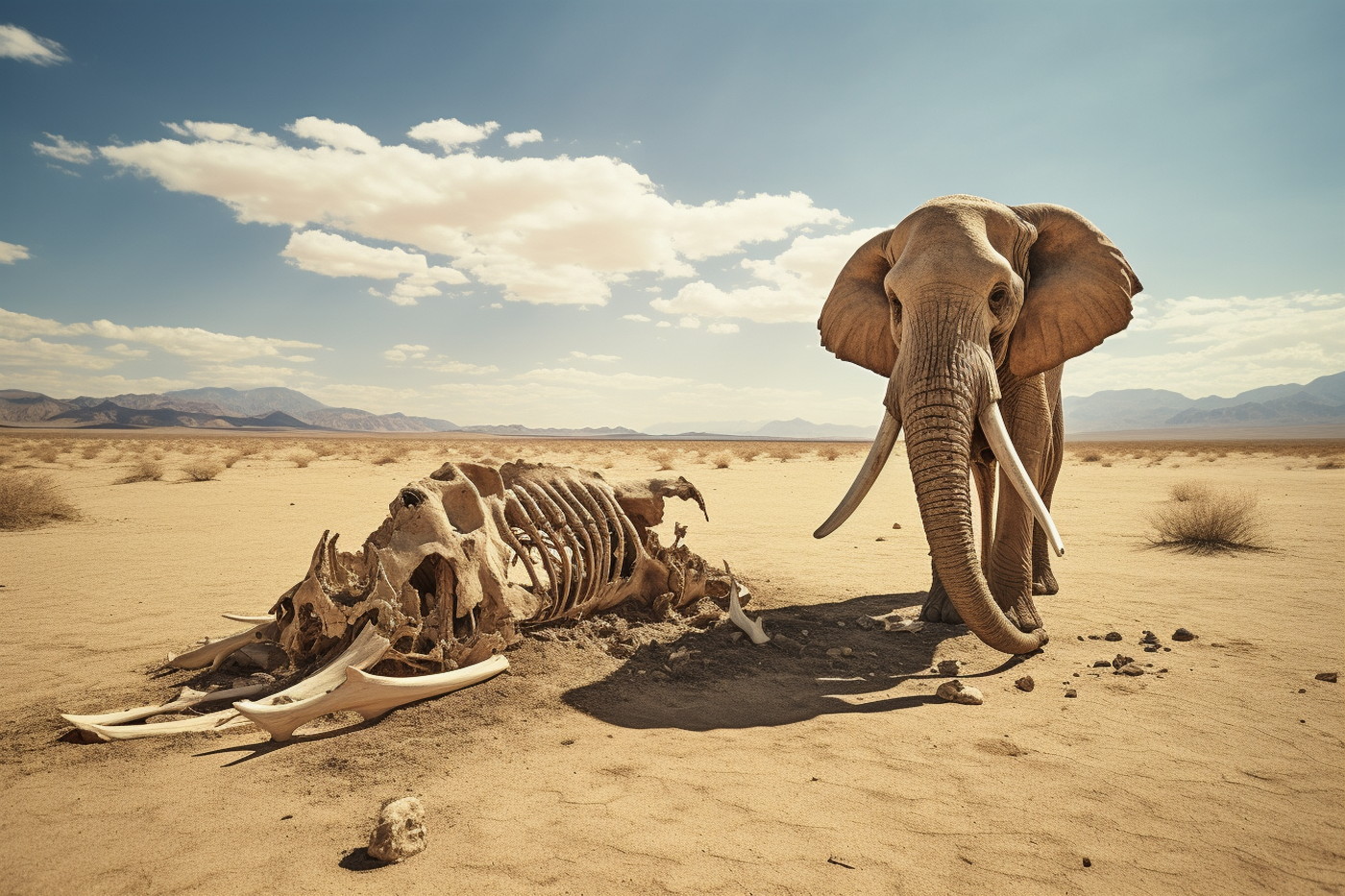For the past 300 million years or so, mammals have been exceptionally prosperous on Earth. This successful taxon has survived significant climate changes and mass extinctions and today inhabits most of the terrestrial corners of the world. Although a world without mammals is almost unimaginable for us, the new study by scientists from the University of Bristol suggests that very difficult times await this group in the future.
The Curse of the Supercontinent
Approximately 310 million years ago, practically all of the land at that time was formed by a single supercontinent, which we now call Pangea. Today’s world, on the other hand, consists of relatively isolated continents. But their movement still continues and experts predict that in another 250 million years or so, they will be pushed together again. Our planet has been going through this “supercontinental” cycle for billions of years.
A possible shape of the future supercontinent Pangea Ultima. The green parts would be habitable for mammals. (source: University of Bristol, Alexander Farnsworth, CC BY 4.0)
With the formation of a supercontinent, the conditions for life in many places will change significantly for the worse. Due to the collision of the continents, their coastal areas, which tend to be very rich ecosystems, disappear. Sea currents and air currents will change. The interior of the supercontinent will dry out dramatically because it will be too far from the ocean.
British climate modeller Alexander Farnsworth from the University of Bristol and his collaborators were the first to create a comprehensive climate model of Earth’s very distant future. For climate simulation purposes, scientists are working with a scenario of a future supercontinent Pangea Ultima. The conclusions of their research published science magazine Nature Geoscience.
The end of the mammal era?
The researchers concluded that the world of the future supercontinent will be unbearable and, from today’s perspective, even hostile to life. Changes in the environment and climate that will occur during the formation of the supercontinent, including a substantial increase in the amount of carbon dioxide in the atmosphere, could lead to average temperatures in the summer months of around 46.5 °C under worst-case scenarios. In that case, only about eight percent of the surface of the new supercontinent would remain habitable for long-term mammals.
TIP: Temperatures are rising, and if animals don’t adapt to them, extinction is likely to await them: Will they cope with climate change?
Nocturnal mammals and highly specialized migratory species could cope with the new conditions. Although, according to scientists, the process of adaptation cannot be completely ignored, experience from past times unfortunately shows us that the thermoregulation abilities of mammals did not change dramatically in earlier times, and new conditions can thus represent a fatal challenge for them.
2023-10-22 02:34:30
#Pangea #Ultima #supercontinent #spell #mammals


)